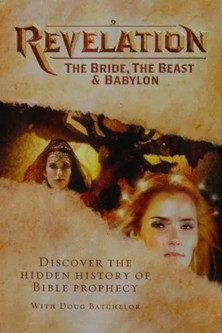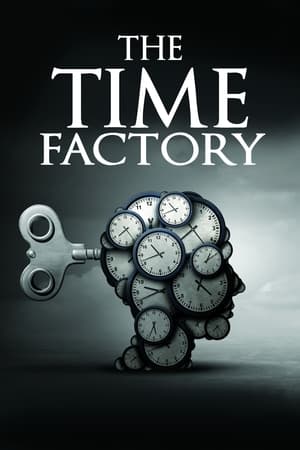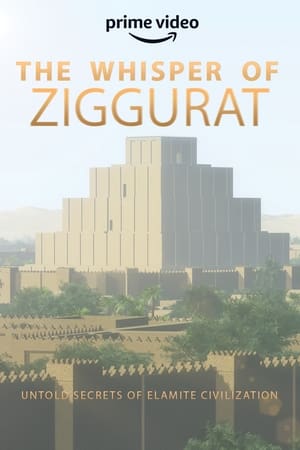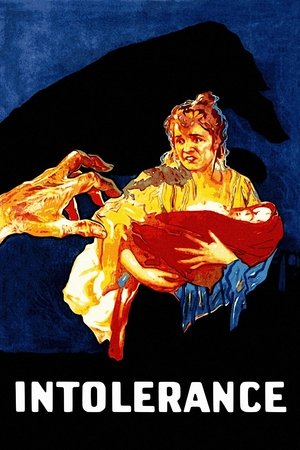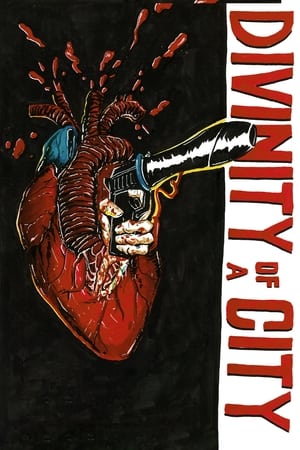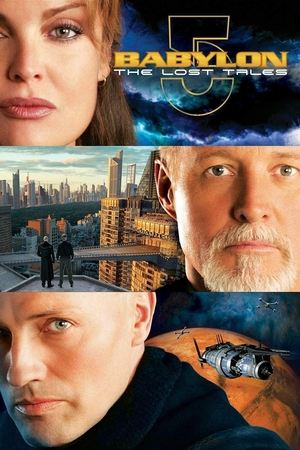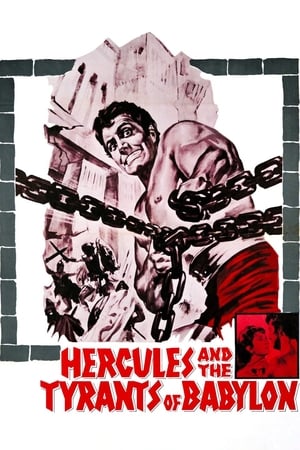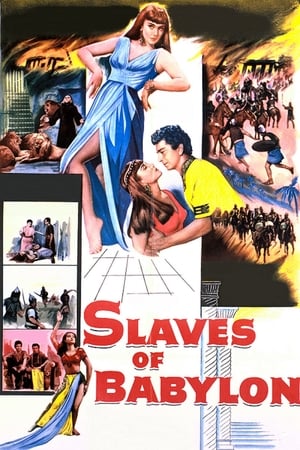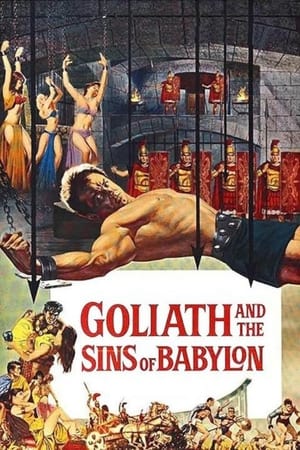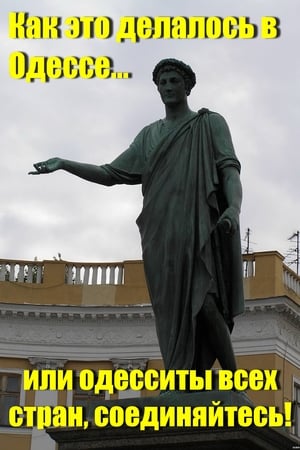Overview
There are many myths surrounding the Hanging Gardens of Babylon. Previous excavations have not led to an answer to the question of exactly where they were located. Thanks to the extraordinary findings of scientist Stephanie Dalley, it is now possible for the first time to determine exactly where the legendary gardens were located, what they looked like and how they were built. The Hanging Gardens of Babylon are the only one of the seven wonders of the ancient world for which no archaeological evidence has yet been found. For the documentary, Stephanie Dalley from Oxford University traveled to a dangerous, terror-stricken region in northern Iraq to gather evidence for her new theory about the true location of the gardens. Stephanie Dalley assumes that the gardens were built a hundred years earlier - 700 years before Christ - and by the Assyrian king Sanherib instead of Nebuchadnezzar II.

 English
English
 9
9
 2015
2015
 USA
USA
